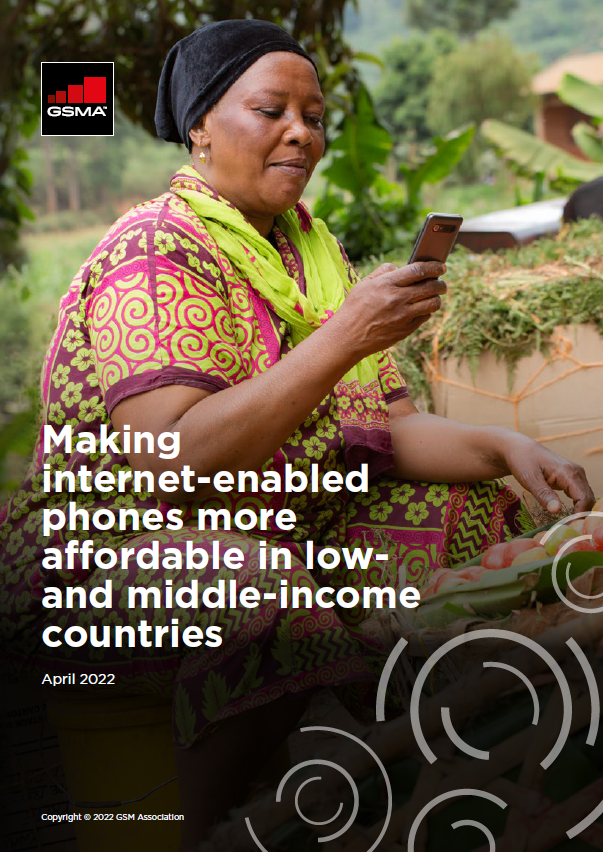Around the word, 3.4 billion people are not using mobile internet despite living in areas with mobile broadband coverage. The affordability of internet-enabled handsets is a key barrier to using mobile internet and is of growing concern. Indeed, the economic fallout of the COVID-19 pandemic has caused disposable household income to drop, making handsets less affordable for many. This report provides an overview of approaches, business models and technological innovations that are improving the affordability of internet-enabled handsets in low- and middle-income countries, particularly for underserved populations.
The report is structured into four chapters. The first one aims at defining handset affordability. The second and third chapters discuss the two key supply-side levers to deliver more affordable handsets: reducing the price of a handset through efficiency gains and cost savings in the value chain and improving customer access to financing. In the final chapter, we provide eight policy considerations, highlighting the importance of strengthening the enabling environment to improve handset affordability.
Throughout the report we explore some of the nuances among different underserved groups, and variations between markets in Sub-Saharan Africa and South Asia. We also provide considerations for stakeholders along the value chain for making handsets more affordable and meeting people’s needs.


